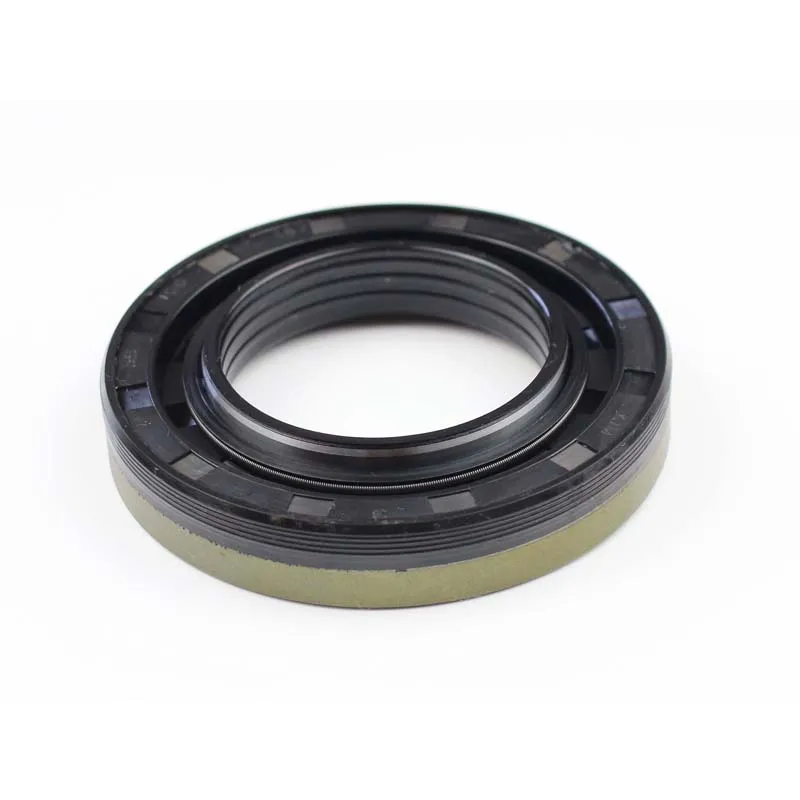Understanding the Importance of Steering Seals in Vehicle Performance and Maintenance
Understanding Steering Seals Importance, Types, and Maintenance
Steering seals are critical components in the steering systems of vehicles, playing a vital role in ensuring smooth steering performance and preventing fluid leaks. These seals are designed to contain the hydraulic fluid within the steering gear or rack and pinion systems, enabling efficient operation while protecting sensitive components from contaminants and wear.
At the heart of the steering system, hydraulic fluid is essential for amplifying driver input, allowing for easier maneuvering of the vehicle. This fluid is contained within hydraulic cylinders, and steering seals prevent it from leaking out. A compromised seal can lead to decreased steering responsiveness and potential damage to the entire steering system, resulting in costly repairs and unsafe driving conditions.
There are several types of steering seals, each designed to meet specific requirements and fit various steering systems. The most common types include O-rings, lip seals, and quad seals.
O-rings are circular seals that fit into a groove to create a secure barrier against fluid leakage. They are widely used in many automotive applications due to their simplicity and effectiveness. Lip seals, on the other hand, have a lip that presses against a shaft, providing a more robust seal that can withstand higher pressures and harsher conditions. This makes them suitable for most power steering applications. Lastly, quad seals, which feature four sealing surfaces, are employed in situations requiring enhanced sealing capabilities, often in high-pressure environments.
steering seal

Understanding the materials used for steering seals is also crucial
. These seals are commonly made from rubber, polyurethane, or specialty plastics designed to withstand exposure to hydraulic fluid, temperature fluctuations, and contaminants like dirt and debris. Choosing the right material is essential for the longevity and reliability of the steering system.Proper maintenance of steering seals can prevent premature wear and potential failures. Regular inspections should be conducted to check for signs of wear or damage, such as cracks or leaks. If any issues are detected, addressing them promptly can save time and money in the long run. Additionally, ensuring that the hydraulic fluid is of the correct type and maintaining optimal fluid levels can further extend the life of the seals and the steering system as a whole.
Common causes of steering seal failures include contamination of the hydraulic fluid, exposure to extreme temperatures, and improper installation. Contaminants can cause the seals to wear prematurely, while extreme temperatures can lead to hardening or softening of the materials. Ensuring that the installation process is carried out correctly—not too tight or too loose—can also help maintain the integrity of the seals.
In conclusion, steering seals are indispensable for the proper functioning of a vehicle’s steering system. Understanding their types, materials, and maintenance procedures can greatly enhance vehicle performance and safety. Regular inspections and prompt attention to any issues can ensure that steering seals remain in good condition, thereby prolonging the lifespan of the entire steering system and improving driving experience. Keeping your steering system in optimal shape is not just about comfort; it’s about safety on the road.
-
The Ultimate Guide to Car Repair Kits: Tools and Essentials Every Driver Should Own
News Aug.01,2025
-
The Complete Guide to Oil Pan Gaskets: Sealing Engine Leaks the Right Way
News Aug.01,2025
-
Preventing Oil Leaks: A Complete Guide to Oil Pan Gaskets and Drain Seals
News Aug.01,2025
-
Everything You Need to Know About Oil Pan Gaskets and Drain Plug Seals
News Aug.01,2025
-
Essential for Car Owners: How to Use a Car Repair Kit to Deal with Minor Breakdown
News Aug.01,2025
-
Comprehensive Guide to Engine Oil Sump Gaskets and Related Seals
News Aug.01,2025
-
The Ultimate Guide to Boat Propeller Bearings and Trailer Wheel Bearings
News Jul.31,2025
Products categories















